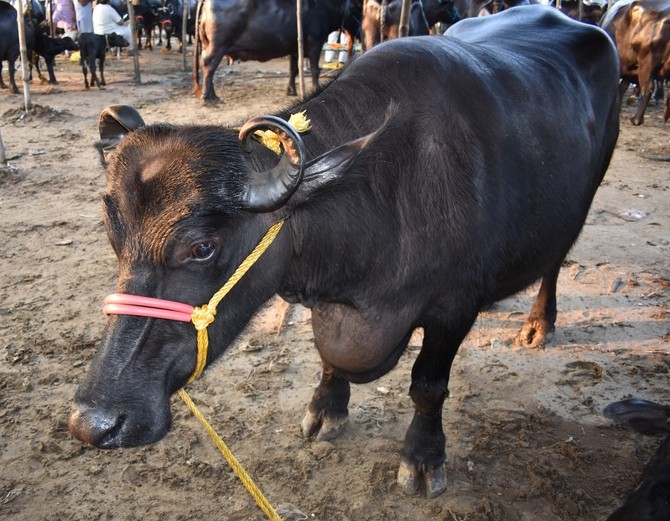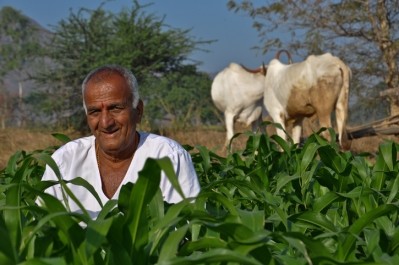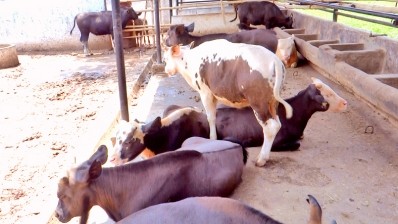New Cargill dairy feed plant in India

The facility is set to serve dairy farmers in the Punjab, Haryana, Uttar Pradesh and Rajasthan.
At the onset of construction of the site in April 2014, Achyuth Iyengar managing director of Cargill India Feed and Nutrition, told this publication that the onus was on it, given its scale, to create awareness among the farming community about the advantages that conversion to standardised, commercial feed inputs can bring.
“We reckon that by improving animal nutrition through education initiatives in the Indian dairy sector we can boost milk output by cow by a liter per day which would have a huge impact on the milk pool,” said the MD back then.
Cargill said it began working with dairy farmers in India to optimize farm management techniques and boost milk productivity, with its teams educating around 30,000 producers on nutrition and farm management best practices in 2014.
Dairy is a primary source of protein in India, given that a high percentage of the population is vegetarian. Milk-based paneer, ghee, yogurt and sauces are all staples of daily life, making the country both the largest consumer and the largest producer of dairy in the world.
Milk productivity rates
Over the last three decades, according to figures from the Associated Chambers of Commerce and Industry of India, the average productivity of Indian cattle has grown from 1.9 to 3.9 kg per day, and from 3.7 to 6.2 kg per day, respectively.
But the average daily milk yield for crossbred cattle, around 7.1 kg per day, is still significantly lesser than the best of global standards of the UK (25.6 kg per day), US (32.8 kg) and Israel (38.6 kg per day).
The major causes of low productivity in India, according to the Food and Agriculture Organization (FAO), are said to be stemming from a combination of low genetic potential and a lack of knowledge around nutrition or feed as well as inferior farm management practices and inadequate veterinary support.
A report released by Yes Bank in November last year: Dairy Farming in India: A Global Comparison, concurred with the FAO findings; it concluded farm level policies need to be developed by the government to ensure sustainable dairy development in India.
The publication noted the road ahead for the smallholder dairy farmers in the Asian country is quite challenging:
“Concerted efforts in the areas of feed and nutrition management, improved breeding and health care systems, financial inclusion, dedicated extension services and procurement infrastructure development, with ICT support, are required,” added the authors.
But they found one of the major constraints to dairy industry development has been feed prices, which they said are quite high relative to the milk prices.










